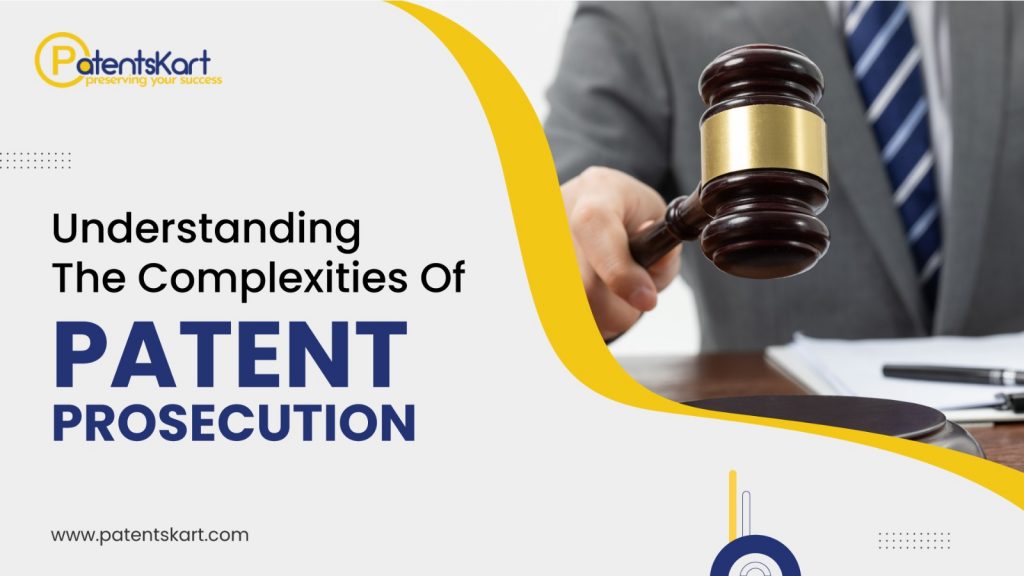Navigating the world of patent prosecution can feel like venturing into uncharted territory. For inventors and businesses alike, the process of securing a patent is crucial in protecting innovations, but it’s also layered with complexities that require careful navigation. Let’s break down what patent prosecution involves and why understanding its intricacies is essential for anyone looking to safeguard their intellectual property.
What Exactly is Patent Prosecution?
At its core, patent prosecution is the process of working with a patent office to secure a patent. It’s not about legal battles or courtroom drama—that’s patent litigation. Instead, prosecution focuses on the application process itself, ensuring that your invention meets all legal criteria to be granted a patent.
The Journey Through Patent Prosecution
- Drafting the Patent Application:
The first step in this journey is crafting a detailed patent application. This isn’t just a formality; it’s the foundation of your patent. The application needs to clearly describe your invention and include claims that define exactly what is protected. This stage requires a deep understanding of both the invention and patent law to ensure that your application is solid. - Filing the Application:
Once your application is ready, it’s time to file it with the patent office. This step involves more than just submitting paperwork—it’s about choosing the right jurisdiction and making sure all the necessary documents and fees are in order. Filing correctly is crucial to avoid delays or rejections. - Navigating Office Actions:
After filing, the patent office examines your application. It’s common for the examiner to issue office actions, which are formal objections or rejections. This can be a daunting moment, but it’s part of the process. Responding to these actions often requires negotiation and sometimes making amendments to your application. It’s a back-and-forth process that requires patience and precision. - The Moment of Truth: Patent Grant:
If all goes well, and the examiner is satisfied with your responses, your patent will be allowed and eventually granted. This is the moment when all the hard work pays off, and you gain exclusive rights to your invention.
The Challenges Along the Way
Patent prosecution is not without its challenges. Drafting precise claims, responding effectively to office actions, and keeping up with deadlines are all critical. A single oversight can delay the process or even jeopardize the grant of your patent. And if you’re seeking patents in multiple countries, you’ll need to navigate different legal standards and procedures in each jurisdiction.
Why You Shouldn’t Go It Alone
Given these complexities, it’s easy to see why having expert guidance is so important. Patent attorneys or agents bring a wealth of knowledge and experience to the table. They can help you draft a strong application, anticipate potential issues, and steer you through the prosecution process with confidence. In short, their expertise can make the difference between success and setback.
Bringing It All Together
Patent prosecution is a vital step in protecting your innovations, but it’s a process that requires careful planning and execution. Understanding each stage and the challenges that come with it can help you navigate this journey more effectively. By partnering with skilled professionals, you can ensure that your invention is protected and that your patent application is as strong as possible. After all, securing a patent isn’t just about paperwork—it’s about protecting your ideas and turning them into valuable assets.







